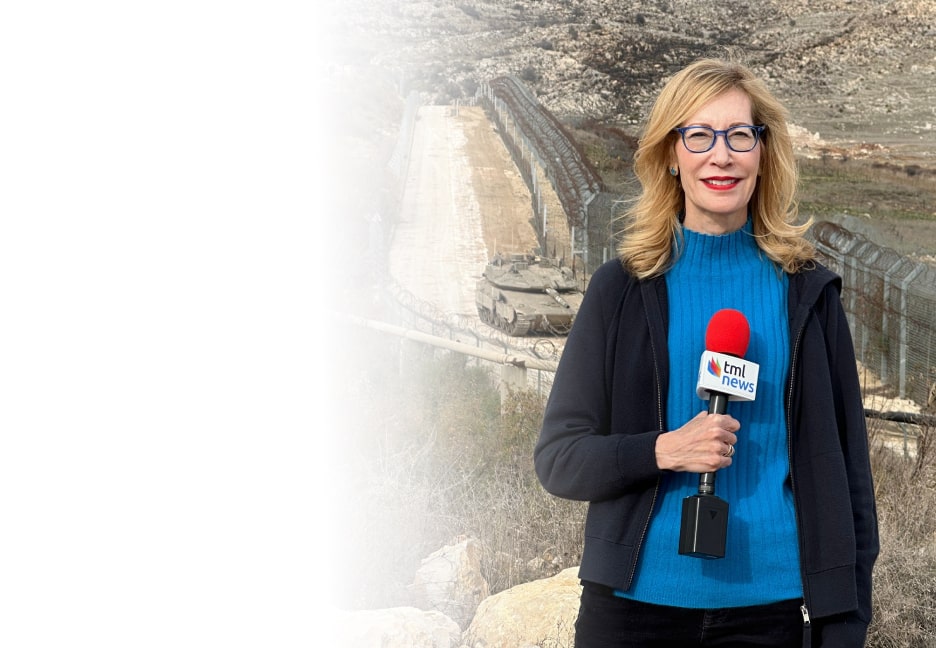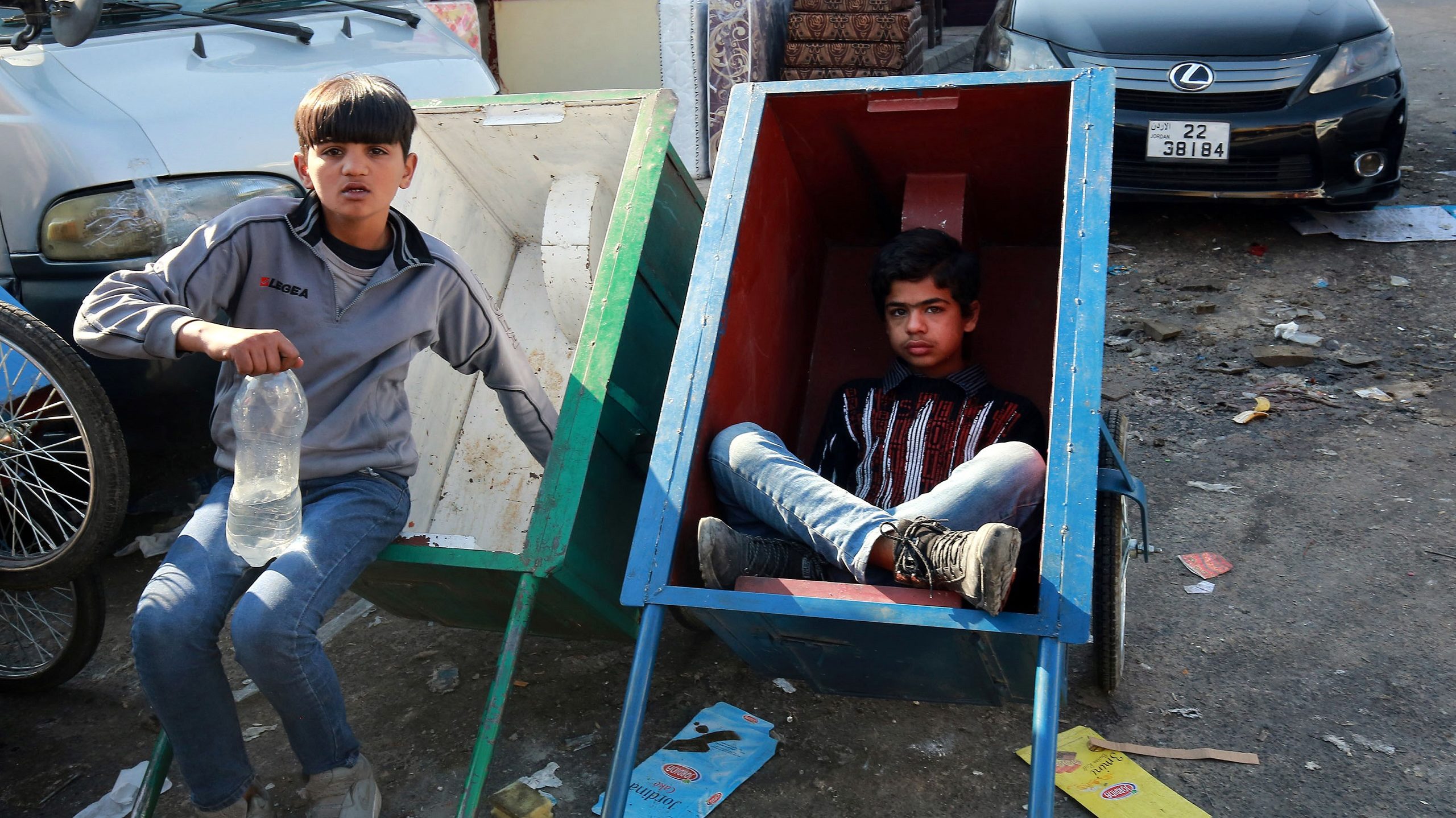Study in Jordan Shows COVID-19’s Severe Impact on Displaced, Vulnerable Youth
Pandemic has led to increased economic hardship, domestic violence, food insecurity, and depression, among other findings
The COVID-19 pandemic has added significant socioeconomic hardship to the already difficult lives of displaced and vulnerable young people in Jordan and compounded pre-existing social inequalities, a recent study shows. But programs designed to support their social, psychological, and educational development and well-being have been shown to be helpful in promoting resilience.
To study the effects of the pandemic on displaced and vulnerable populations, and how the impact may differ by gender and life stage for these populations at risk, an international team of researchers analyzed the results of extensive quantitative surveys conducted before and after the pandemic’s onset. Survey respondents included more than 3,300 adolescent Syrian refugees, vulnerable Jordanians, and stateless Palestinians (mainly from the Gaza Strip) and their primary female caregivers living in Jordan in refugee camps, host communities, and tented settlements. When the initial pre-COVID surveys were conducted, between October 2018 and March 2019, the adolescent respondents ranged in age from 10 to 17.
The data from the surveys were supplemented by qualitative findings gathered from in-depth interviews that the team conducted with 178 adolescents between April and July 2020.
The team, led by Nicola Jones of the Gender and Adolescence: Global Evidence (GAGE) program in London, and Sarah Baird of the Department of Global Health at George Washington University in Washington, DC, included researchers from the Gaza Strip, Jordan, Pakistan, and the United States. The PLOS (Public Library of Science) ONE journal published the peer-reviewed study on February 2, 2022, in the article “Compounding inequalities: Adolescent psychosocial well-being and resilience among refugee and host communities in Jordan during the COVID-19 pandemic.”
The study found that the pandemic has resulted in “severe economic and service disruptions with far-reaching and heterogeneous effects on adolescent well-being.”
More than 75% of households among the survey respondents reported losing some employment, and 83% reported losing some income, during the pandemic. More than 65% were unable to buy essential food items in the previous week. And financial aid became scarcer; more than 60% of the households that regularly received aid from the Jordanian government or international organizations obtained less support.
Economic disruption due to the pandemic was particularly acute in poorer households, among older adolescents who were out of school before the pandemic, older adolescent girls who were never married, and refugees, particularly the Syrians. But Syrians in refugee camps fared better than those living in host communities or informal tented settlements.
This holiday season, give to:
Truth and understanding
The Media Line's intrepid correspondents are in Israel, Gaza, Lebanon, Syria and Pakistan providing first-person reporting.
They all said they cover it.
We see it.
We report with just one agenda: the truth.


Food insecurity was a critical problem for many of the adolescents surveyed before the pandemic, and a problem that grew significantly with the spread of COVID-19. Before the onset of the pandemic, 17% of the youth reported going hungry at some point during the previous four weeks. In surveys conducted between May and July 2020, this had risen to 30% of the youth. Later surveys, conducted between October 2020 and January 2021, showed a small reduction in food insecurity, with hunger reported in the month before the survey among 26% of the youth.
The various populations surveyed reported differing levels of food insecurity.
Among vulnerable Jordanian youth, the baseline pre-pandemic proportion of youth experiencing food insecurity (19%) rose to 27% and then recovered to a near pre-pandemic level of 20%.
Syrian youth in host communities started with the same 19% baseline. But for this population, food insecurity rose sharply to 37%, and then dropped to 30%.
About 24% of Syrian youth living in informal tented settlements reported experiencing food insecurity before the pandemic; this rose to 31% after the onset of COVID-19 and then dropped to 27% during the later survey period.
Syrian youth in refugee camps had the lowest level of food insecurity among survey respondents before the pandemic (10%); this rose to 23% and then dropped back to 16%.
Among the stateless Palestinian youth, the baseline pre-pandemic proportion of youth experiencing food insecurity (16%) rose to 19% after the onset of COVID-19. Unlike the other populations, the Palestinian adolescents experienced no improvement in the later survey period, with 21% experiencing food insecurity.
A number of Syrian refugees … reflected that because of the trauma and deprivation they had experienced at a young age due to forced displacement, poverty, and discrimination by the host population in Jordan, they had learned to become adept at coping with repeated exposure to shocks and to adopt an intentional approach to resilience.
Depression was another common problem among surveyed youth. Nine months into the pandemic, nearly one in five adolescents in the surveyed population showed signs of moderate to severe depression.
While this incidence may seem alarming, it is lower than the findings from other studies on youth in low- and middle-income countries. The researchers suggest that the trauma of forced displacement may have provided some of the youth with an added measure of resilience. “A number of Syrian refugees … reflected that because of the trauma and deprivation they had experienced at a young age due to forced displacement, poverty, and discrimination by the host population in Jordan,” the study reported, “they had learned to become adept at coping with repeated exposure to shocks and to adopt an intentional approach to resilience.”
Household stress, often a result of unemployment and economic pressures, increased during the pandemic for two-thirds of the youth. The risk of increased stress was 10.7 percentage points higher among Syrian adolescents in host communities than among the youth in any other group. And such stress frequently led to added violence in the home. This finding, the study said, suggested “an urgent need to address the underlying economic stressors through a scaled package of social assistance, and to ensure that linkages to telephone helplines, group-based mental health support, and community counseling services are adequately resourced and adolescent-friendly.”
Anxiety and social isolation were particularly acute among the girls surveyed. Half of the unmarried girls had difficulty accessing menstrual hygiene products. Social isolation was particularly high among housebound married girls. Overall, girls were 13.4 percentage points more likely than boys to have had no interaction with friends over the previous week.
Adolescent empowerment and support programs – such as those offered at UNICEF-managed Makani centers for vulnerable children and adolescents – were shown to be particularly helpful for girls. Those who participated in youth programming were 8.8 percentage points more likely to have a trusted friend than their peers who did not participate in such programming.
Here are the latest COVID-19 numbers for the Middle East and North Africa as of 9:30 pm Greenwich Mean Time (UTC±0) on Thursday.
| Country | Confirmed Cases | Deaths | Recovered | Active Cases |
| Afghanistan | 171,673 | 7,524 | 150,927 | 13,222 |
| Algeria | 263,369 | 6,772 | 176,027 | 80,570 |
| Bahrain | 481,512 | 1,433 | 436,617 | 43,462 |
| Cyprus | 300,435 | 802 | 124,370 | 175,263 |
| Djibouti | 15,535 | 189 | 15,337 | 9 |
| Egypt | 461,299 | 23,519 | 393,254 | 44,526 |
| Iran | 6,894,110 | 134,420 | 6,402,821 | 356,869 |
| Iraq | 2,286,451 | 24,824 | 2,208,663 | 52,964 |
| Israel | 3,508,222 | 9,768 | 3,329,589 | 168,865 |
| Jordan | 1,541,379 | 13,608 | 1,331,606 | 196,165 |
| Kuwait | 609,453 | 2,525 | 580,056 | 26,872 |
| Lebanon | 1,035,209 | 9,909 | 682,977 | 342,323 |
| Libya | 480,945 | 6,169 | 434,165 | 40,611 |
| Mauritania | 58,593 | 975 | 57,446 | 172 |
| Morocco | 1,157,637 | 15,855 | 1,131,587 | 10,195 |
| Oman | 372,060 | 4,225 | 349,666 | 18,169 |
| Pakistan | 1,494,293 | 29,917 | 1,393,209 | 71,167 |
| Palestinian Territories | 565,656 | 5,088 | 519,434 | 41,134 |
| Qatar | 352,894 | 660 | 345,636 | 6,598 |
| Saudi Arabia | 735,958 | 8,978 | 704,896 | 22,084 |
| Somalia | 26,260 | 1,345 | 13,182 | 11,733 |
| Sudan | 59,939 | 3,831 | 40,329 | 15,779 |
| Syria | 53,148 | 3,038 | 44,142 | 5,968 |
| Tunisia | 971,460 | 27,233 | 904,339 | 39,888 |
| Turkey | 13,266,265 | 91,646 | 12,371,376 | 803,243 |
| United Arab Emirates | 872,210 | 2,290 | 811,632 | 58,288 |
| Yemen | 11,718 | 2,114 | 8,545 | 1,059 |
| Total | 38,047,683 | 438,657 | 34,961,828 | 2,647,198 |

